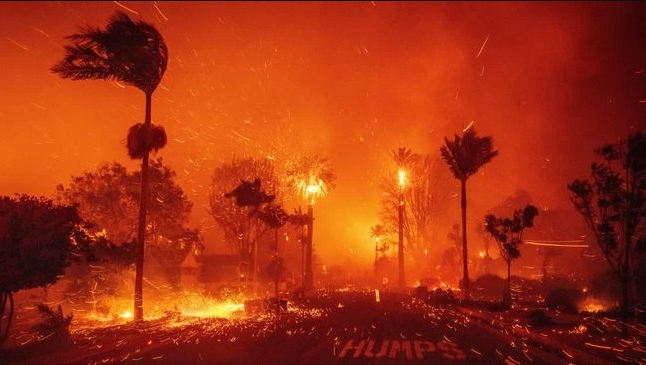Understanding Ember Attacks and How to Protect Your Home from Wildfire Embers
Learn how ember attacks ignite homes during wildfires and what you can do to protect your property. This blog covers strategies for preventing ember damage, including home hardening, landscaping, and fire-resistant materials.
Understanding Radiant Heat: How to Protect Your Home from Heat Exposure in Wildfires
Learn how radiant heat affects homes during wildfires and the steps you can take to protect your home from heat exposure. This blog covers fire-resistant materials, radiant heat barriers, and mitigation strategies specific to Berkeley.
The Role of Fire-Resistant Landscaping in Wildfire Defense: How to Protect Your Berkeley Home
Learn about fire-resistant landscaping and how it can help protect your Berkeley home from wildfires. This guide covers the best plants, materials, and strategies to create a fire-safe landscape around your home.


